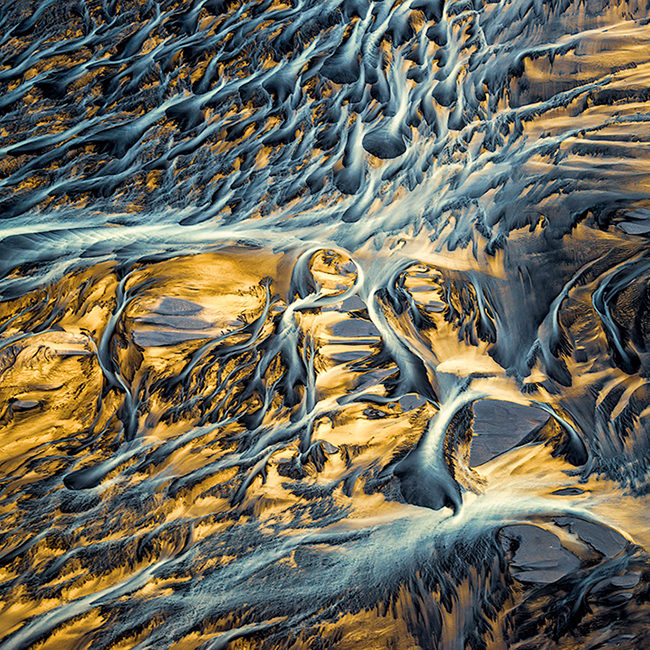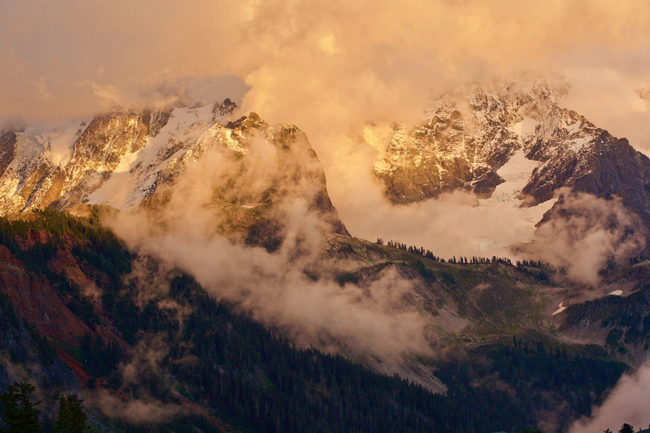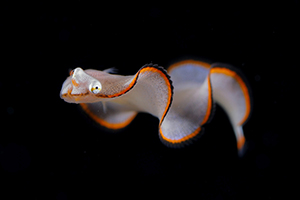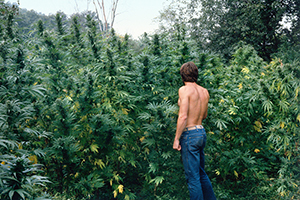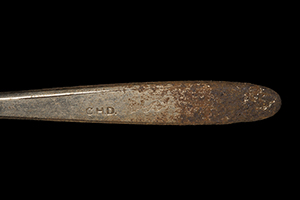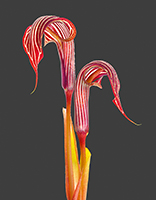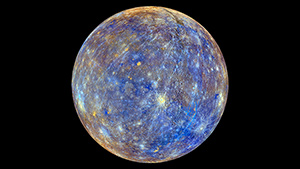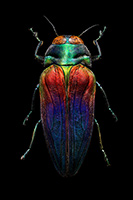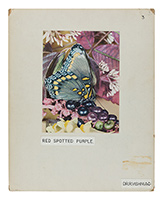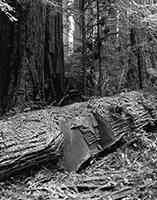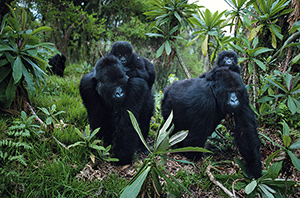Stuart Palley’s original assignment for Mashable was a story about the massive crop of wildflowers that grew this spring in the California desert, the result of record rainfall after years of drought. Palley, an editorial and commercial photographer based in Southern California, has been documenting wildfires at night, in part a result of the drought. For the Mashable story, which ran in April, Palley focused on a subtler variety of destruction, which also hinged on drought, destruction and Californians’ delicate relationship with nature—the destruction of wildflower reserves by overenthusiastic selfie-seekers.
When Palley returned to some of the places he had visited earlier to record the flowers, he was dismayed to see tourist walking off the trails and paths to take pictures of—and with—the poppies (which, as California’s official state flower, are protected by law). As he wrote in the story that accompanied his photos, “I visited Walker Canyon, Anza Borrego Desert State Park, Joshua Tree National Park, and the Antelope Valley California Poppy Reserve only to see tourist after tourist traipsing off trail, damaging and destroying plants just to get that perfect shot.” The discovery led him and his editors at Mashable to shift the focus of the story from the blooms themselves to their protection. Palley tells PDN about the assignment in an edited email interview.
PDN: How did the story come about?
Stuart Palley: The story originally was going to be a piece on the overall wildflower super bloom throughout Southern California’s deserts. I visited the Antelope Valley California Poppy Preserve twice, at the beginning of the bloom and the height of the bloom to shoot before-and-after images. The first trip to the reserve was quiet, with maybe a dozen cars in the lot in mid-March. Contrast that with April, when hundreds of visitors and cars were in the reserve and on roads nearby. Once I parked and began to hike the trail to spots I had previously photographed, I immediately noticed people left and right blatantly ignoring posted signs and stepping out in the flowers to take photos or selfies. It was pretty frustrating, but I realized that saying something to each and every person hiking on the trials would be a Sisyphean task that would generally be futile. Again I decided to translate my frustration into images to let viewers educate themselves on best practices when hiking.
Shortly after going into the preserve I texted my editor for the story that flowers were being trampled left and right, and how surprised and disappointed I was. As I approached a spot where the hillside was made bald from people going past the signs, the creative director replied back that it could be a really interesting new perspective on the story, so we decided I would also focus on those images. Throughout the day there were plenty of situations to make pictures along the line of this new idea, and the creative director and science team decided to run with that angle. Given the profusion of stories focusing on the general super bloom, I felt it was a timely article with an educational component as well of conservation and staying on the trail that covered both the super bloom itself and an issue stemming from its popularity.
PDN: How do you keep from damaging the flowers while you’re shooting?
S.P.: First and foremost I simply stayed on established trails and made 95% of my images that way. When I photographed the shot of the trampled poppies, I stepped onto a social trail in a nearby field outside of the preserve to get an overhead angle of the poppies. Social trails are trails but generally unofficial. As a rule I don’t use social trails to prevent reinforcing bad trail behavior, but in this instance I made an exception because I felt the value of photographing and documenting the trampled poppies outweighed my use of the social trail. I also examined the route and was satisfied that no remaining plants, even trampled ones, would be in my path just a few feet off the dirt road.
As Palley writes in the story, “It’s understandable that people get excited when seeing a once-in-a-decade wildflower bloom, but a desire for social media Likes shouldn’t get in the way of rational thought and care. It’s easy to accidentally step a few inches off trail, slowly widening a path and damaging more plants. ‘It’s already damaged,’or ‘I’m just one person,’ leads to the same thing being repeated many times over, and the compounding effects can be disastrous.”
Related Stories:
Giles Revell’s Underwater “War Poppies”
Karl Blossfeldt’s Botanical Masterworks
What’s Your Niche? Stuart Palley on Photographing Wildfires (for PDN subscribers; login required)
